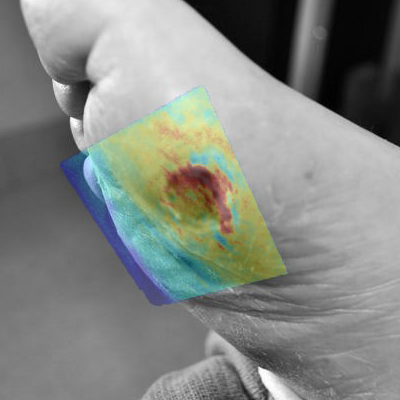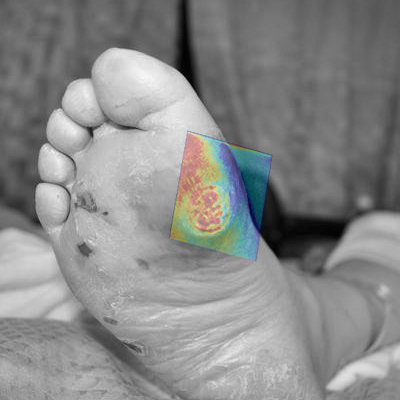 Trajan was pleased to support Bolton Clarke Research Institute projects.
Trajan was pleased to support Bolton Clarke Research Institute projects.
Bolton Clarke is Australia’s largest independent not-for-profit provider of independent living services and senior living innovation, supporting and enabling older people at home and across aged care and senior living communities.
Bolton Clarke teams support more than 100,000 people every day and each year provide more than 4 million client visits to people at home and in residential communities.
The work of the Bolton Clarke Research Institute underpins services and contributes to the evidence base for national and international health and aged care policy and new models of care.


